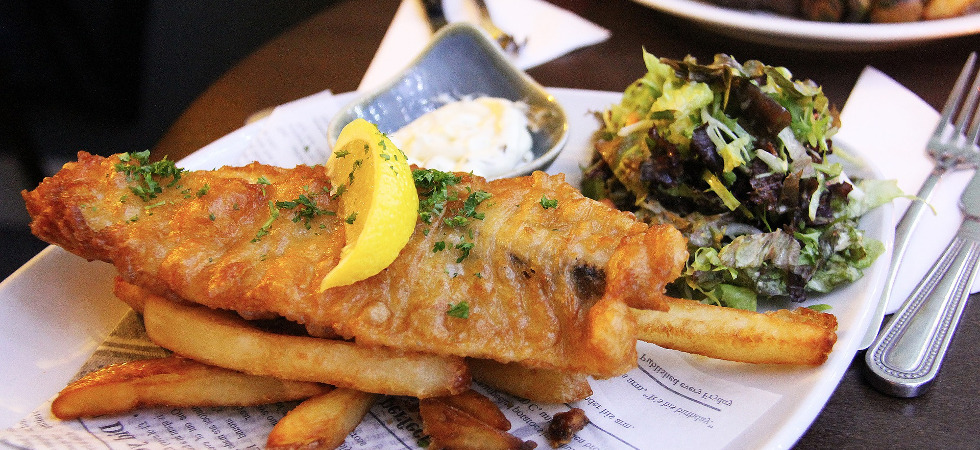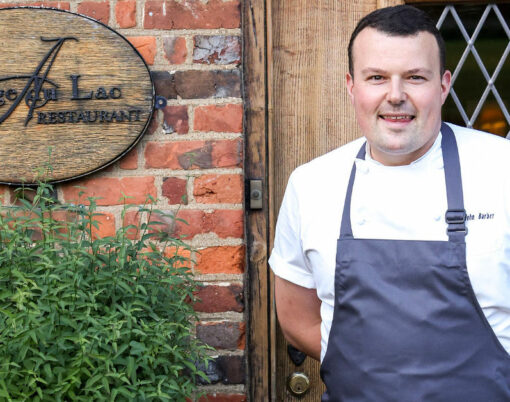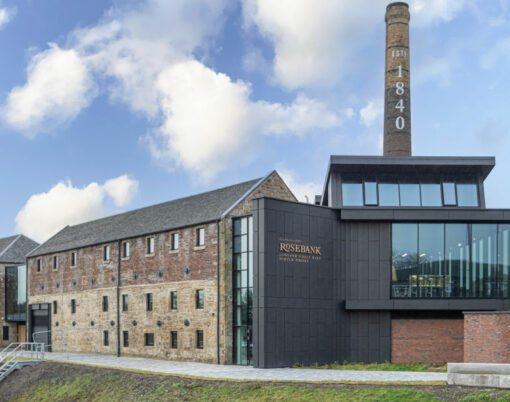As a nation, we constantly rave about how proud we are of Great British cuisine. Fish and chips, local pies and even the full English Breakfast. For years they’ve become part of our weekly dinner meals and will continue to do so well in to the future.
One thing that makes these British classics so great, is that everyone puts their own spin on the dish. Whether it be certain vegetables for the roast or using a particular sauce when cooking meat. These recipes will be passed onto generations. We all talk about how they’re a ‘tradition’ in Britain, but why? What is the story behind these Great British classics?
George Rouse, owner and executive chef of George’s Kitchen, shares his knowledge of the origins of Britain’s most classic dishes.
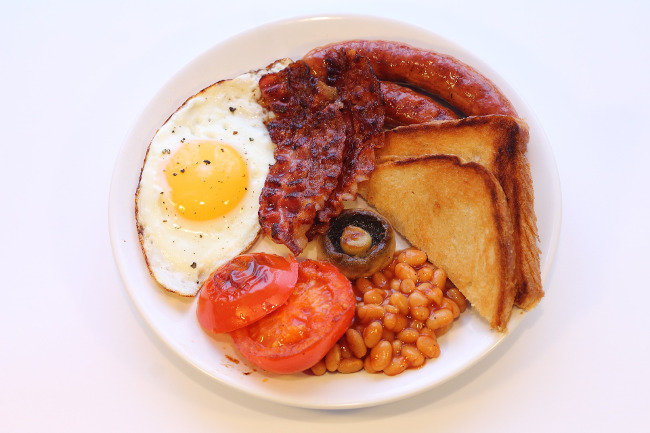
Shepherd’s / Cottage Pie
A dish every household is familiar with, Shepherd’s Pie first came onto the scene in the late 1700s and early 1800s, where it was formed by housewives who were looking for ways to use leftovers from their husbands and children plates after a roast dinner. It originates from the sheep farming countryside in Scotland and northern England. The traditional Shepherd’s Pie is made up of mashed potatoes on the top and bottom, with minced lamb meat poured into the middle. The mince is joined by onions and other vegetables that were easy to get hold of during the time. It was mainly introduced as an affordable dish for the poor, due to the factor that leftover meat was used. Fast forward to the 21st century, and Shepherd’s pie is still be cooked and enjoyed by the British population.
Fish & Chips
A true classic to the nation. When we think of traditional British food, fish and chips usually pops up first and with good reason. Many people claim that fish and chips originated by a northern entrepreneur called John Lees as early as 1863, as it was believed he was selling the food out of a wooden hut in Lancashire. Others say the first combined fish ’n’ chip shop was actually opened by a Jewish immigrant called Joseph Malin. Either way, the dish quickly grew in popularity, especially for the working class. To keep the costs down it was served in newspaper wrappings, much like some are today. The fish and chip dish quickly became a national icon; something we’re all thankful for!
English Breakfast
Another meal we probably couldn’t live without. The ‘fry-up’ as it is most commonly known, carries the Sunday morning tradition served with a variety of foods. Dating back to as far as the 1300s, the full English is one of the longest standing traditional dishes in English history. In the early years, it was deemed a luxury for only the upper class and the richest in society, as only they could afford the trimmings. During the Industrial Revolution the English breakfast moved towards a more wide-spread society as manual workers wanted a full meal to set them up for a long day of labour. Today, the full English breakfast usually consists of sausages, eggs, bacon, tomatoes, baked beans and toast, with the option of additional ingredients that many families include such as mushrooms and hash browns. A traditional dish that won’t be going anywhere any time soon.
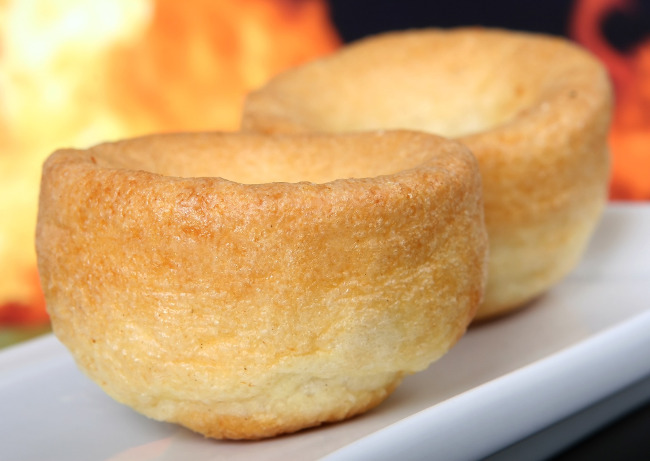
Yorkshire Puddings
Originally described as ‘a dipping pudding’, the Yorkshire Pudding was invented in the 1730s, published in the book The Whole Duty of a Woman. Made using flour, eggs and milk, the Yorkshire pudding has become a tradition, usually eaten with a gravy or sauce to help moisten the pudding. Surprising to some, the pudding was originally cooked in a much flatter way and was served as a first course to help grow the diner’s appetite. Now, chefs around the world experiment with the shapes and sizes of their Yorkshires, making the perfect side-kick to meat and potatoes an essential to any roast dinner or Sunday lunch.
For more information on George’s Kitchen, visit georgeskitchen.co.uk.












